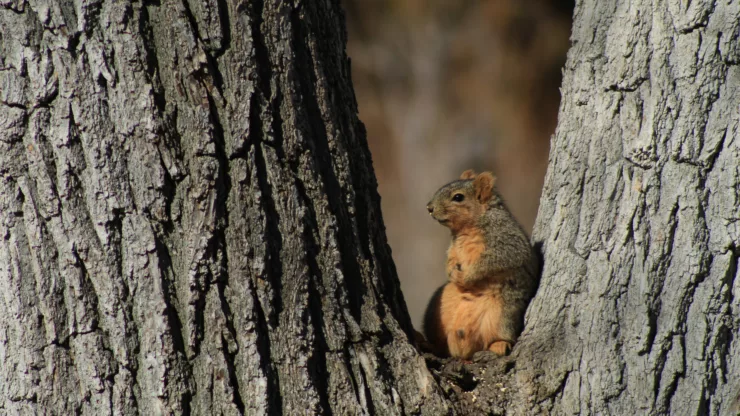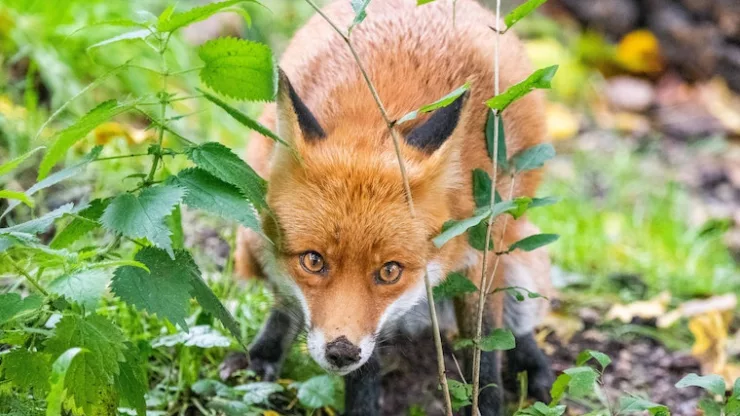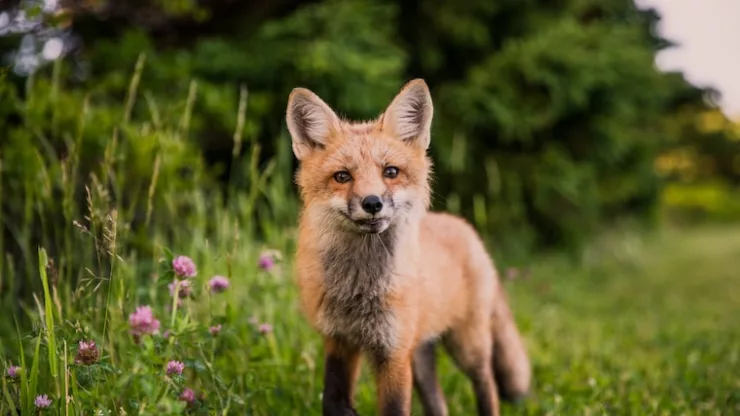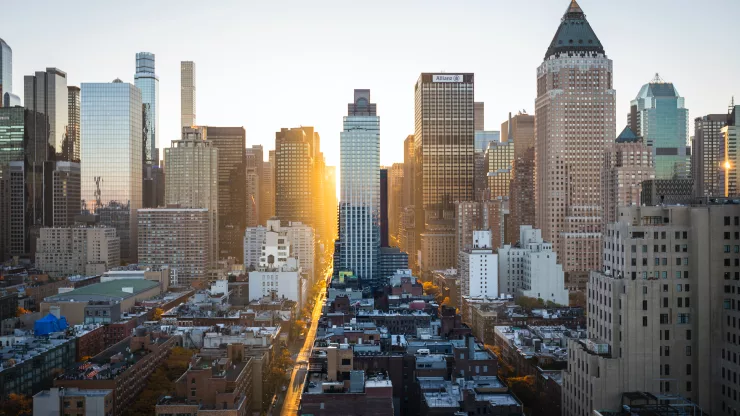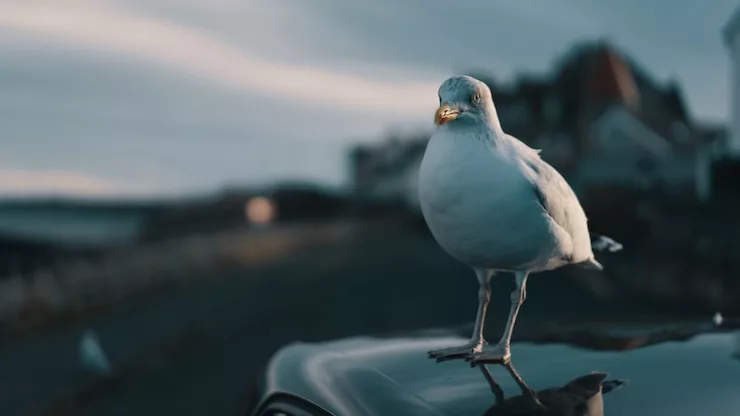As cities continue to expand, wildlife is being forced to adapt to an increasingly urban environment.
However, some animals have managed to not only survive but thrive in cities.
From pigeons to coyotes, these resilient creatures have found a way to adjust to their new surroundings.
In this article, we will explore some of the remarkable urban wildlife that have embraced city living and the lessons we can learn from them.
Jump to Section
Adapt or Perish: Urban Wildlife Thrives
Despite the challenges of living in an urban environment, some wildlife species have managed to not only survive but thrive.
These animals have found a way to adapt to the changing landscape and have even taken advantage of the new opportunities that cities offer.
For example, many birds have learned to scavenge for food in urban areas, while others have found shelter in buildings or parks.
According to a study by the National Geographic Society, there are more than 20,000 species of wildlife living in urban areas around the world.
These animals have learned to coexist with humans and have even become a part of the urban ecosystem.
From birds and insects to mammals and reptiles, urban wildlife has found a way to thrive in a constantly changing environment.
From Pigeons to Coyotes: City Dwellers
When we think of urban wildlife, the first animal that comes to mind is usually the pigeon.
These birds have become synonymous with city life and can be found in almost every urban environment around the world.
However, pigeons are not the only animals that have adapted to city living.
Coyotes, for example, have been spotted in cities across North America. These animals have learned to hunt in urban areas and have even adapted to eating human food.
Raccoons, foxes, and skunks are also common in many urban areas.
These animals have learned to survive on garbage and other human waste products.
Resilient Creatures: How They’ve Adjusted
Urban wildlife has had to make many adjustments to survive in an urban environment.
For example, birds have learned to build nests on buildings and use them as a source of shelter.
Many animals have also learned to adapt to the noise and pollution that come with city living.
One of the most remarkable adaptations is the ability of some animals to change their behavior in response to human activity.
For example, some birds have learned to sing at night when it is quieter, while others have learned to avoid certain areas during the day when there is more human activity.
Coexisting with Nature: Lessons from the Wild
The success of urban wildlife provides us with an important lesson.
Despite the challenges of living in a constantly changing environment, wildlife has found a way to adapt and thrive.
As humans, we can learn from this resilience and find ways to coexist with nature.
We can start by creating green spaces in cities that provide a habitat for wildlife.
We can also reduce our use of pesticides and other chemicals that can harm wildlife.
Finally, we can learn to appreciate the beauty and diversity of urban wildlife and work to protect it for future generations.
FAQ
How do animals adapt to urban environments?
Animals adapt to urban environments by changing their behavior, finding new sources of food and shelter, and learning to coexist with humans.
What are some examples of urban wildlife?
Some examples of urban wildlife include pigeons, coyotes, raccoons, foxes, skunks, and many different species of birds and insects.
How can we coexist with urban wildlife?
We can coexist with urban wildlife by creating green spaces in cities, reducing our use of pesticides and other harmful chemicals, and learning to appreciate and protect the diversity of urban wildlife.
Why is it important to protect urban wildlife?
Protecting urban wildlife is important because it helps maintain the biodiversity of our cities and ensures that these animals can continue to thrive in their new environment.
It also provides us with an opportunity to learn from the resilience of these animals and find ways to coexist with nature.
Urban wildlife has found a way to adapt and thrive in an ever-changing environment.
From pigeons to coyotes, these resilient creatures have taught us important lessons about coexisting with nature.
By creating green spaces, reducing our use of harmful chemicals, and learning to appreciate the diversity of urban wildlife, we can ensure that these animals continue to thrive in our cities.
I’m a nature enthusiast and creator of Metro Wilds and have spent years exploring the great outdoors.
With a passion for environmental conservation and sustainability, I have dedicated my career to writing about the beauty and wonders of nature, as well as the threats facing our planet.
Contact me at [email protected] for assistance.

